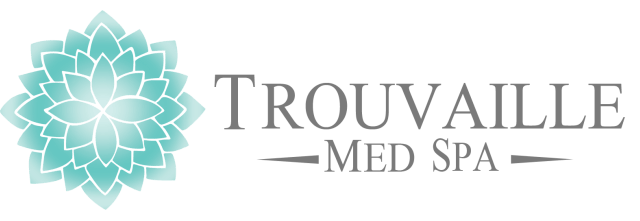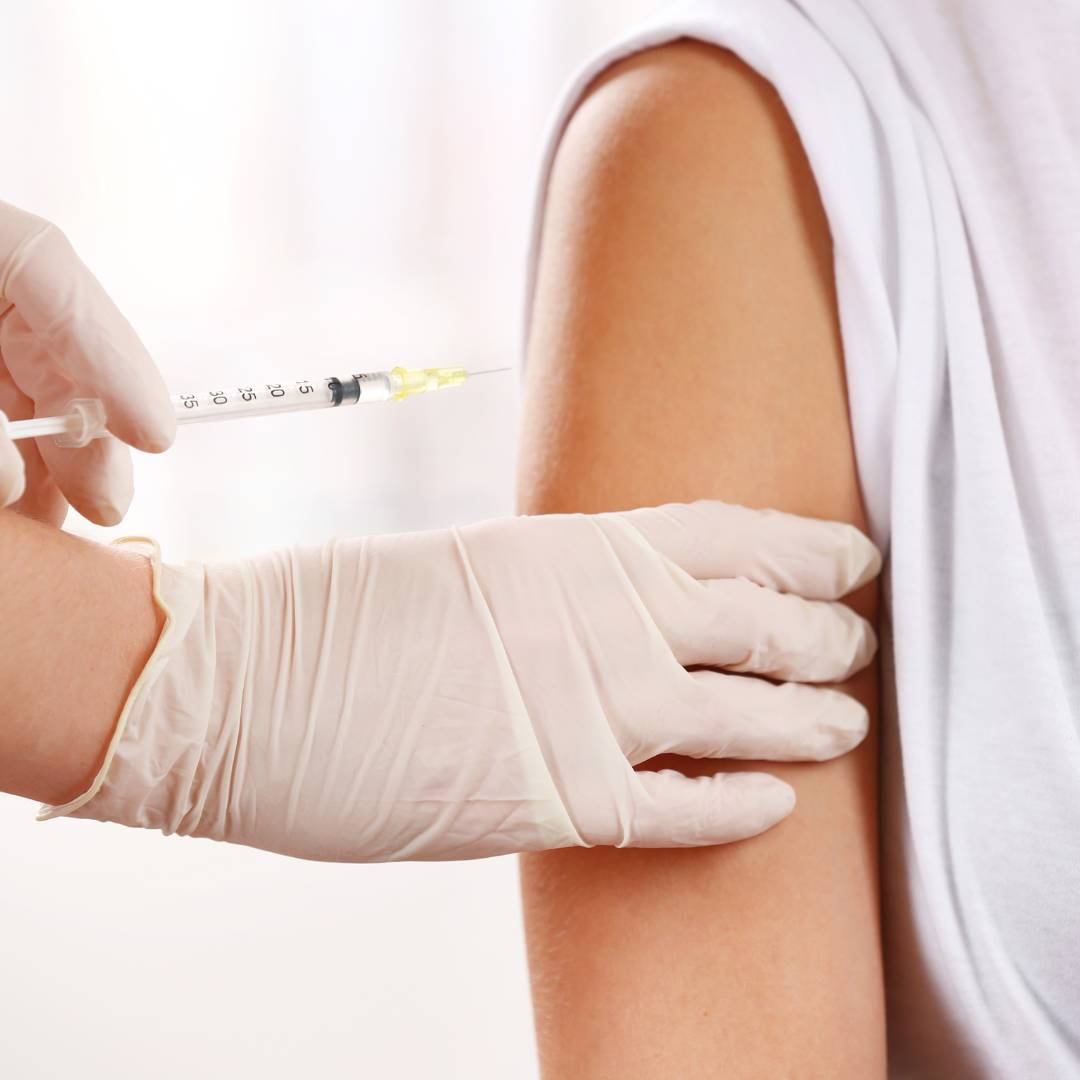In the realm of cosmetic dermatology, using lasers to address skincare concerns has become integral. Laser skin treatments play a pivotal role in tackling a diverse range of skin issues. These procedures leverage the potential of concentrated light beams to target specific imperfections or conditions like wrinkles, scars, pigmentation irregularities, and unwanted hair. By delving beneath the skin’s surface, these beams effectively stimulate collagen production, foster cell turnover, and focus on melanin or blood vessels, depending on the treatment goal. However, achieving optimal outcomes from laser skin treatments hinges on accurately assessing candidacy. Factors such as skin type, medical history, and the condition being addressed are pivotal considerations in determining an individual’s suitability for laser treatment. Hence, it is imperative to seek guidance from a qualified dermatologist or skincare professional. Consulting with them ensures a thorough evaluation of candidacy and the development of a personalized treatment plan tailored to meet the individual’s unique skincare needs and goals, all achieved through the innovative use of lasers.
Understanding Different Types of Laser Treatments
In the world of cosmetic dermatology, laser treatments have revolutionized the way we address various skin concerns, offering a multitude of options tailored to individual needs and goals. Understanding the different types of laser treatments is essential for both skincare professionals and patients alike. From IPL photofacials to ablative and non-ablative lasers, fractional versus non-fractional technologies, and CO2 lasers, each treatment modality comes with its unique mechanisms, applications, benefits, and considerations. In this detailed exploration, we delve into the intricacies of these laser treatments, providing insights into their definitions, mechanisms, applications, and potential outcomes, empowering individuals to make informed decisions on their skincare journeys.
IPL/Photofacial
IPL, or Intense Pulsed Light, commonly referred to as a photofacial, stands out as a versatile solution for addressing a myriad of skin concerns. By harnessing broad-spectrum light, IPL targets a range of issues including sun damage, pigmentation irregularities, and vascular lesions such as rosacea. Its versatility extends to providing benefits such as enhanced skin tone and texture, decreased redness, and fading of pigmentation spots, making it a sought-after option for comprehensive skin rejuvenation. Whether combating the signs of aging, reducing the effects of sun exposure, or improving overall skin health, IPL photofacial treatments offer a non-invasive and effective approach to achieving radiant, youthful-looking skin.
Ablative vs. Non-Ablative Lasers
Ablative versus non-ablative lasers represent distinct approaches to skin rejuvenation, each offering unique benefits and considerations. Ablative lasers work by removing thin layers of skin to address wrinkles, scars, and other imperfections, stimulating collagen production and promoting skin tightening in the process. On the other hand, non-ablative lasers penetrate the skin’s surface without causing damage, focusing on specific areas to stimulate collagen production and enhance skin texture. While ablative lasers deliver more dramatic results in a single treatment session, non-ablative lasers boast minimal downtime and a reduced risk of side effects. Whether seeking intensive skin resurfacing or a more subtle approach to skin rejuvenation, individuals can weigh the pros and cons of ablative versus non-ablative lasers to determine the most suitable treatment option for their unique skincare needs.
Fractional vs. Non-Fractional Lasers
Fractional and non-fractional lasers represent distinct approaches to skin treatment, each offering unique advantages and considerations. Fractional lasers deliver light energy in a pixelated pattern, allowing them to target only a fraction of the skin at a time. This targeted approach promotes faster healing and reduces downtime compared to non-fractional lasers. On the other hand, non-fractional lasers distribute energy uniformly across the skin’s surface, making them suitable for treating larger areas but often necessitating longer recovery periods. Fractional lasers excel in their ability to address specific concerns with less discomfort and downtime, making them ideal for targeted treatment of wrinkles, scars, and pigmentation irregularities. Conversely, non-fractional lasers may be preferred for broader skin rejuvenation, offering comprehensive coverage for improving overall skin texture and tone. Individuals considering laser treatments can weigh the benefits of fractional versus non-fractional lasers to determine the most suitable option for their skincare goals and preferences.
CO2 Lasers
CO2 lasers, employing carbon dioxide gas to emit a high-energy beam of light, represent a formidable tool in the arsenal of skin rejuvenation treatments. These lasers excel in targeting deep wrinkles, scars, and various skin imperfections with remarkable precision and efficacy. By delivering intense energy to the skin’s surface, CO2 lasers stimulate collagen production and promote skin regeneration, resulting in smoother, more youthful-looking skin. However, despite their impressive resurfacing benefits, CO2 laser treatments carry potential risks that warrant careful consideration. Patients may experience prolonged redness, swelling, and heightened sensitivity to sunlight following treatment, necessitating diligent post-treatment care and sun protection measures. Nonetheless, with proper precautions and expert guidance, CO2 laser treatments offer a transformative solution for individuals seeking comprehensive skin rejuvenation and correction of stubborn imperfections.
Addressing Specific Skincare Concerns with Laser Treatments
Embarking on a journey to achieve optimal skin health and aesthetics often involves addressing specific skincare concerns that can diminish confidence and affect overall well-being. In the realm of dermatological treatments, laser therapies have emerged as powerful tools for targeting and resolving a wide range of skin issues. From addressing stubborn acne scarring to reversing the effects of sun damage and managing vascular conditions like rosacea, laser treatments offer promising solutions for individuals seeking effective skincare interventions. Depending on what concerns are being addressed, there are some modalities that will treat the area better than others.
Acne Scarring
Acne scarring presents a common and often distressing skin concern characterized by its ability to significantly alter both the appearance and texture of the skin. Such scarring can manifest in various forms, including uneven skin tone, rough texture, and visibly raised or depressed scars, all of which can impact one’s confidence and overall well-being. Fortunately, several laser treatments have emerged as effective solutions for addressing acne scarring and restoring skin health. Among the recommended options are fractional ablative lasers such as CO2 lasers, fractional non-ablative lasers, and IPL photofacials. These treatments work by targeting the affected areas with precision, promoting collagen production, and facilitating skin regeneration to diminish scarring and improve texture. By leveraging these advanced laser technologies, individuals afflicted by acne scarring can achieve smoother, rejuvenated skin and regain confidence in their appearance.
Sun Damage
Sun damage poses a significant threat to skin health, manifesting in a range of concerns including hyperpigmentation, sunspots, and the development of fine lines and wrinkles. These effects not only compromise the skin’s appearance but also undermine its overall health. Fortunately, advanced laser treatments offer effective solutions for addressing sun damage and restoring skin vitality. Treatments such as IPL photofacials, fractional lasers, and ablative lasers are well-suited for targeting pigmentation irregularities, stimulating collagen production, and promoting overall skin rejuvenation.
Rosacea and Broken Capillaries
Rosacea and broken capillaries represent prevalent vascular skin conditions that can significantly impact both the health and aesthetics of the skin. These conditions are often characterized by persistent redness, flushing, and the visibility of blood vessels, contributing to skin concerns, and diminishing confidence. Fortunately, laser treatments offer effective solutions for managing the symptoms associated with rosacea and broken capillaries. Techniques such as IPL photofacials and vascular lasers like pulsed dye lasers (PDL) are specifically designed to target blood vessels and promote skin healing. By precisely targeting the underlying causes of these conditions, laser treatments can help reduce redness, even out complexion, and improve skin tone, leading to a more balanced and radiant appearance.
We’ve explored the effectiveness of different types of laser treatments, from IPL photofacials to CO2 lasers, in targeting specific issues such as acne scarring, sun damage, and rosacea. Laser therapies have been shown to effectively improve skin texture, reduce pigmentation irregularities, and promote overall skin rejuvenation. Their versatility and precision make them valuable tools for individuals seeking to enhance their skin health and appearance. However, it’s essential for readers to recognize that the most suitable laser treatment varies depending on individual needs and skin conditions. As a result, it is always best to schedule a consultation with a skincare professional for personalized advice to create a plan based on your specific concerns and goals.




